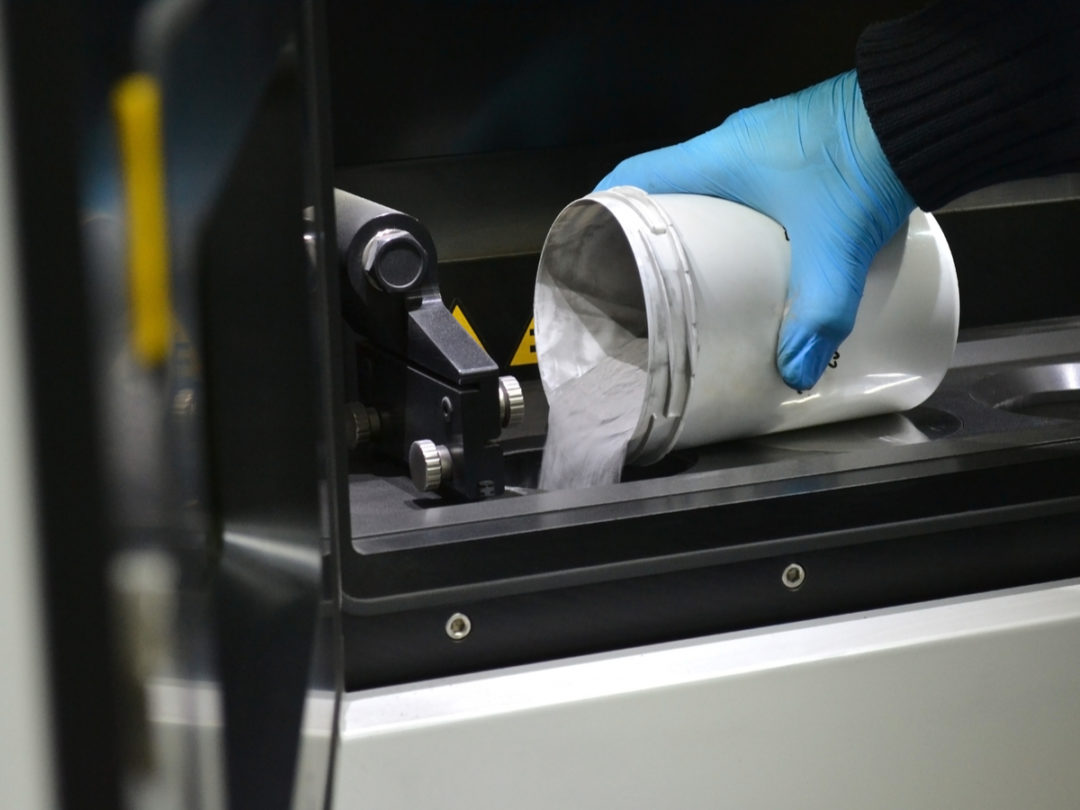
Visit Our Sponsors |
|
|
|
|
|
|
|
|
|
|
|
|
|
|
|
|
|
|
|
|
|
|
|
|
|
|
|
|
|
|
|
|
|
|
|
|
|
|

Ric Fulop, the 43-year-old cofounder and chief executive of Desktop Metal, is eager to show off the skunkworks for the company’s giant 3-D metal printers, which can produce stainless steel, aluminum and other metal alloy parts at assembly-line speeds and in large quantities.
It’s the first time he’s taken an outsider to the facility in Nashua, New Hampshire, just across the state line from Desktop Metal’s headquarters in Burlington, Massachusetts. The four machines — which are 16 feet long, 6 feet tall and weigh about as much as an SUV — are in various states of production. They’ll be able to 3-D print 100 times faster than existing high-end 3-D printing systems used for aerospace, and at one-twentieth the cost, without the tooling required for traditional manufacturing processes. “It’s the first metal printing press,” says Fulop, an exuberant, heavyset man with a slight accent from his native Venezuela.
Desktop Metal’s original machine, which began shipping this year at a cost of $120,000, is a desktop model (thus the company’s name) designed to 3-D print metal prototypes or low-volume runs. This one — which uses a variety of metal powders and has a price tag of more than $1m for an initial installation — is for mass production. Desktop Metal’s pitch to America’s largest manufacturers and most innovative industrial startups is that its machines can print fast enough and at a low enough cost to replace casting and CNC machining for numerous metal parts. The term “3-D printing” covers a number of different technologies by which machines create three-dimensional objects from digital files; in the most common process, the machine lays down many thin layers of material in rapid succession, building up the end product based on the digital design. “The way we make things is about to fundamentally change,” Fulop says. “With 3-D printing you don’t need tooling anymore, so it is enabling a new industrial revolution.”
Only a few years ago, proponents envisioned a world in which hobbyists would buy little 3-D printers for their homes. That never really panned out. The $3,000 machines spit out cheap-looking, clunky plastic objects that no one wanted or needed. Instead, it’s now clear that the real value of 3-D printing isn’t in making keychains and other doodads, but in the $12.8tr global manufacturing industry. Putting 3-D printers on the assembly line will usher in a new era in which smaller factories, located closer to consumers and tied together by software, can print parts on demand with no minimum order size. Better yet, it’s possible to design parts that are lighter, cheaper and more efficient than what could have been fabricated in the past.
RELATED CONTENT
RELATED VIDEOS
Timely, incisive articles delivered directly to your inbox.

